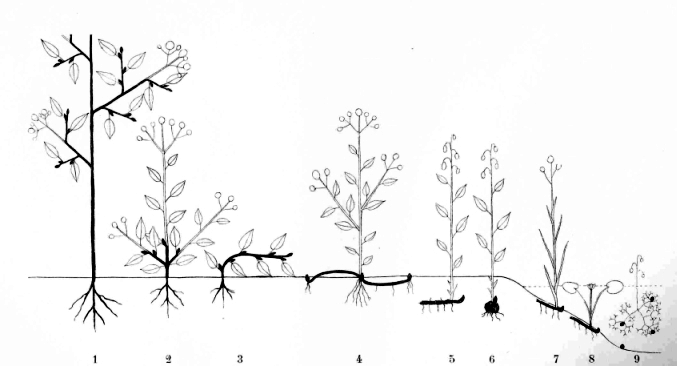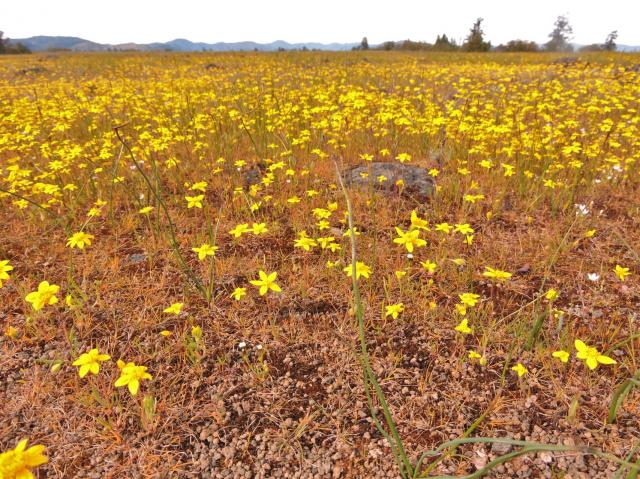The word geophyte is used to describe all underground storage organs, structures that allow plants to survive unfavorable weather conditions (heat or cold) or to allow plants to flower at times where resources, like water, warmth, or sun, are not highly abundant, if at all. However, the word geophyte was created as part of a plant classification system based on the location of dormant buds in relation to growth habit and location relative to the ground (i.e. above or below the soil level or water). The system, called the Raunkiær Plant Life-Forms classification system, was created by Christen C. Raunkiær, a Danish botanist, in 1904.
The plant life-forms are as follows:
1.) Phanerophyte
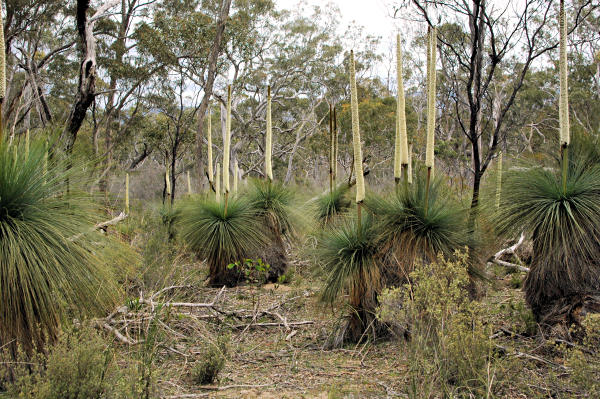
2.) Chamaephytes
3.)Hemicryptophyte
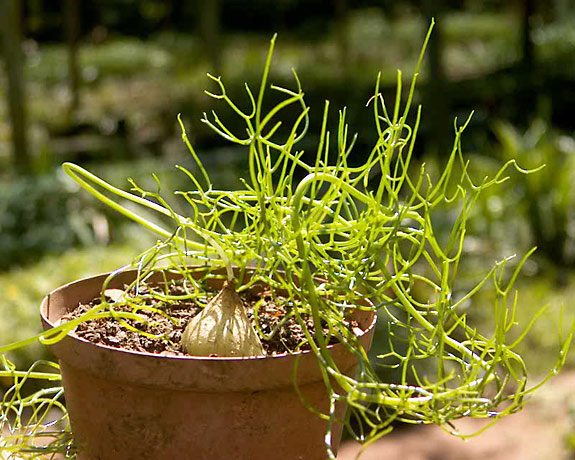
4.) Cryptophytes
Geophytes have buds in dry ground, including Crocus, Tulipa, and many others in the Liliaceae, Amaryllidaceae, and other families. May be further subdivided into rhizome, stem-tuber, root-tuber, bulb and root geophytes.

Helophytes buds are in marshy ground, including many members of the family Araceae, and some species of Iris or Veratrum. Some species of Hymenocallis, Crinum, and even Narcissus may be included in this category.
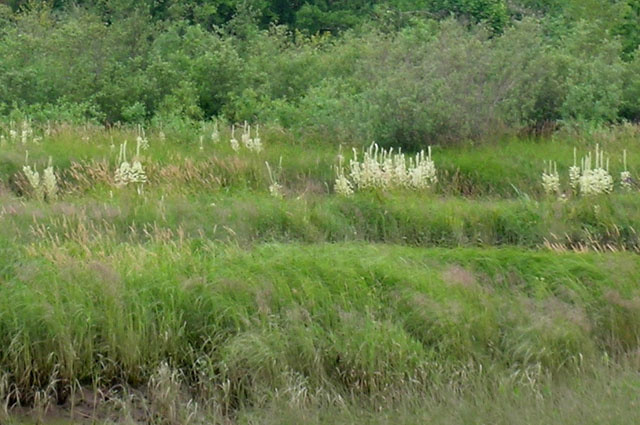
Hydrophytes have buds submerged under water, which includes many members of the Nymphaeaceae and Hydrocharitaceae families.
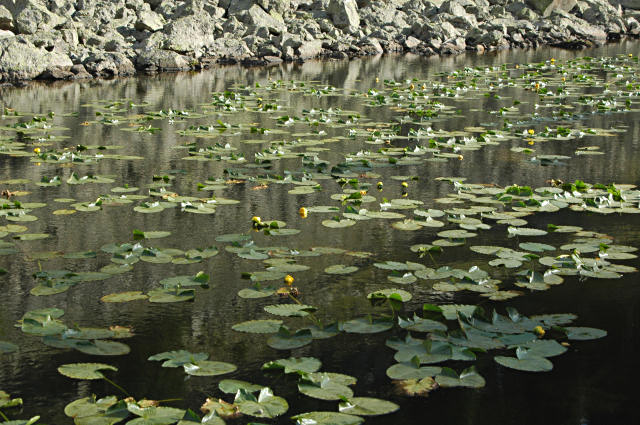
5.) Therophyte
6.) Aerophyte
7.) Epiphyte
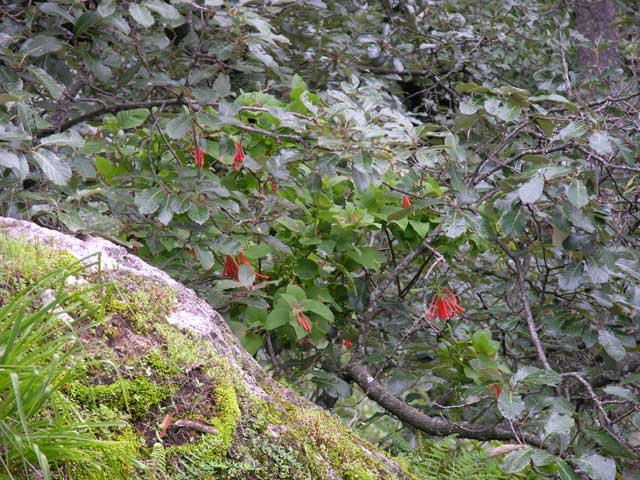
Illustration, Life forms from Chr. Raunkiær: Planterigets Livsformer København 1907. Those plant parts which persist from year to year are shown in black, whilst those which do not are outlined.
